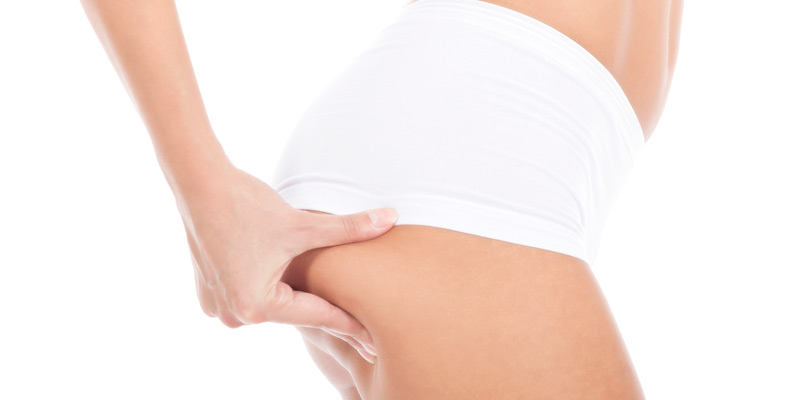Fat Transfer Surgery
Considering Fat Transfer Surgery?
Fat transfer is a procedure that is used for correcting contour defects in various parts of the body, improve wrinkles and skin quality as well as augment breasts and buttocks. A procedure that has increased in popularity in the last few years, the technique involves aspirating fat through small diameter cannulae. The fat is then treated to remove all oil and excess water, allowing concentrated fat cells to be injected back into the body in the desired area to be filled out.
How will it impact your life?
You may find that there are some areas of your body that you feel need to be a little smaller and some that need to be a little bigger than they are. Fat transfer is a natural way to get the desired look that you want to achieve with long lasting effects. It is estimated that 70% of the fat injected lasts permanently. The result from the procedure can leave you feeling more confident with your body.
Is Fat Transfer Surgery right for you?
The procedure takes about 40 minutes and can be performed under both local or general anaesthetic. Tiny incisions are made either on your abdomen or thigh to aspirate the fat using very fine metal cannulae of different sizes. These are then closed with a single stitch and covered with a waterproof dressing. Once extracted, the fat is then injected into the desired area with a fine needle, leaving no visible scar.
No surgery is without risk, complications for this procedure are infrequent and usually minor. Only a certain amount of fat can be injected in one operation. If you desire more volume, a second procedure may be needed.
After your surgery and beyond…
After the procedure, you may feel quite bruised and swollen, but this will settle over 1-2 weeks. Most patients are able to return home on the same day. A light water proof dressing may be placed over the incision from the where the fat has been collected (either thigh of abdomen). It is advised to bring a friend or family member with you on the day of your operation as you will not be able to drive yourself home afterwards. A follow up appointment will be made with our specialist nursing team for 1 week after with your surgery to check that everything is healing and settling well. You will normally see your surgeon 4-6 weeks after the operation.
Recovery times will vary between each patient as everyone heels differently. You can return to work the next day depending on the amount of fat transferred.
Side effects from Fat Transfer
Scarring- these are very small and are hidden in the crease of the skin. Some people heal with thick scars which can make them more noticeable, but in general these shouldn’t be noticeable.
Bruising and swelling– this is a common side effect after the operation and it may take a couple of weeks to settle.
Infection- it is a very rare occurrences that an infection can form, but this can be treated with a course of antibiotics.
Fat Necrosis- if the fat doesn’t gain a blood supply, it will die and be gradually reabsorbed, sometimes leaving a small lump. Massaging the lump can resolve this but in some cases this may need to be removed surgically.
Irregularities- Lumpiness can happen but is more common in areas of thin skin such as the eyelid area. Massaging can help, but it may result in needing further surgery.
The next step
We always encourage people to do as much research as they can when considering cosmetic surgery, so for more information on fat transfer surgery:
- Read our online Trust Pilot and Real Self reviews
- Get in touch and we will email you information on our surgeons and clinics and how to book a no obligation consultation.
